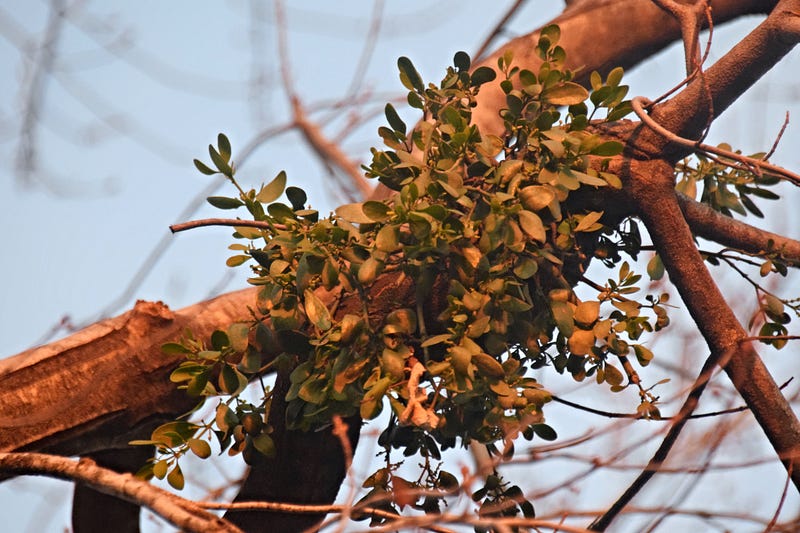
Last week, I introduced you to the third type of symbiosis we’ll be looking at this season: parasitism. I also shared some examples of endoparasites, parasites that live inside their host. This time, we’ll be moving outside the host body and talking about ectoparasites, those that parasitise while remaining outside the host.
The reasons why some species are endoparasites and others are ectoparasites can vary, though the largest contributor is simply size. The larger an organism is, the more difficult it is to infiltrate the inside of a host. However, the mechanism of parasitism can also be an important factor. For example, a number of ectoparasites (including several of the examples below) feed on blood, which is much easier when the parasite is attached to the outside of the host.
The first example this week should be especially familiar to pet owners: the flea. Fleas are flightless insects that have hind legs adapted for jumping. Over 2,500 species of flea are currently known, the vast majority of them being specialist parasites on only one species. They feed on the blood of birds and mammals. While in modern times, they are most often thought of as a simple pet pest, fleas are notorious for being vectors for a variety of diseases. The most famous of which is the rat flea that carries the bacterium responsible for bubonic plague, Yersinia pestis, the cause of the Black Death.

Somewhat closely related to fleas are lice. Lice are also wingless insects with nearly 5,000 living species. They do not jump like fleas, but they are even more widespread and parasitise almost every species of bird or mammal with only a few exceptions, such as bats and whales. Lice prefer to live within the hairs or feathers of their host and some are so specialized that they are even specific to different body regions of one species (for example, humans host three different types of lice that live in the head, body, and pubic hair respectively). Some lice suck blood, while others feed on loose skin and debris.

Another bloodsucking external parasite are the ticks, over 900 species in total, pictured at the top. Ticks are not insects, but arachnids (the group that includes spiders and scorpions) and like fleas can be very effective disease vectors. All blood ectoparasites can carry disease, but lice are much less known for it than fleas and ticks. One of the most well-known and debilitating human tick-borne diseases is Lyme disease, carried by deer ticks.
Leeches are segmented worms (related to earthworms) and known for being aquatic bloodsuckers. However, in this case, their reputation is somewhat undeserved. While there are parasitic leeches, the majority of the 700 species in the group are predatory and do not feed on blood. However, those that do can have medicinal benefits. While bleeding with leeches sounds like a practice from the Dark Ages, medicinal leeches are still used today. However, the medical theory in the past of an “imbalance of humors” requiring a reduction in blood was incorrect. Modern leech therapy takes advantage of the wide variety of proteins that the leech secretes as it feeds.

Finally, we’ll move away from the blood ectoparasites and take a look at an interesting plant, one that I suspect most of you have heard of. Mistletoe is now mostly associated with winter holidays and the tradition of people kissing beneath it. However, mistletoe is also parasitic on other plants. Unlike the epiphytes from three weeks ago, mistletoe species all absorb water and nutrients from their host plant to some degree. They are not completely dependent on the host, as they can still produce their own sugars through photosynthesis, but they are still parasitic as they take nutrients that would normally be used by the host tree. Mistletoe counts as an ectoparasite compared to the Rafflesia plant mentioned last week because the majority of its structures remain outside the host while only the flower is external for the Rafflesia.

For the first two stories on parasitism, I’ve divided them up based on location. For the next two stories, I’m going to be looking at particular types of parasitical behavior. In other words, these past two stories looked at ‘Where?’ and the next two are instead going to focus on ‘How?’. I look forward to sharing some very interesting and unique behaviors with you in the coming weeks.